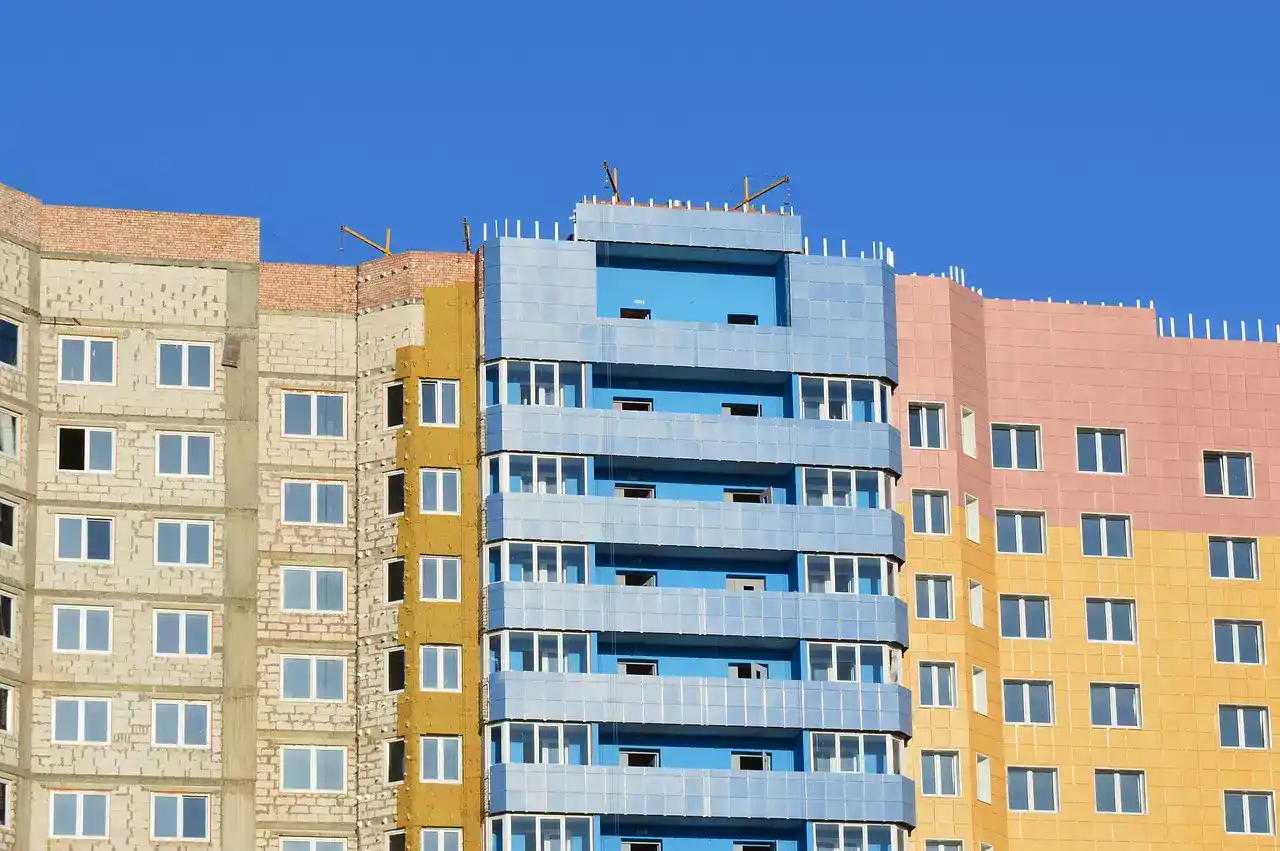Land use analysis

Land use analysis
Land use analysis is a critical step in the planning and development process that involves evaluating how land within a specific area is being utilized and how it could be used in the future. It is a fundamental component of environmental and urban planning, offering insights into the sustainability, feasibility, and potential impacts of a project. For construction projects, land use analysis helps ensure that land development complies with zoning regulations, environmental standards, and urban development goals.
At RDT Corp, we provide comprehensive land use analysis services that assist developers, urban planners, and government agencies in making informed decisions about land development. Our team of experts employs advanced techniques and industry best practices to assess land use patterns, environmental factors, and regulatory frameworks, ensuring that your project aligns with long-term urban and environmental planning objectives.
Importance of Land Use Analysis
- Regulatory Compliance
Every development project must comply with local zoning laws, land use policies, and urban planning regulations. These regulations define how a specific area of land can be utilized—whether for residential, commercial, industrial, or mixed-use purposes. Land use analysis helps determine if a proposed project aligns with existing zoning laws and environmental protection policies, ensuring compliance and avoiding costly delays or legal issues. - Environmental Impact
Land use decisions have a direct impact on the surrounding environment. Urban sprawl, deforestation, or over-exploitation of natural resources can lead to adverse ecological consequences. A thorough land use analysis evaluates the environmental sustainability of proposed land developments, considering factors such as biodiversity, water resources, and air quality. By identifying potential environmental risks, RDT Corp helps mitigate negative impacts before construction begins. - Optimal Land Allocation
Efficient land use planning ensures that land is utilized in the most productive and sustainable way. Land use analysis identifies underutilized areas, potential zones for urban expansion, and optimal land distribution. It supports developers in making decisions that maximize the utility of the land, whether it’s for residential buildings, commercial zones, or public spaces, while maintaining ecological and social balance. - Infrastructure and Connectivity Planning
Understanding how land is being used in a given area allows urban planners to design infrastructure such as roads, utilities, and public transportation systems effectively. Land use analysis provides insights into traffic patterns, population density, and accessibility, which are crucial for planning infrastructure and ensuring that future developments are well-connected and accessible to all.
Key Components of Land Use Analysis
Zoning and Land Use Mapping
Zoning regulations define how land can be used in different areas, and land use mapping helps visualize these regulations on a larger scale. RDT Corp conducts detailed mapping of the land’s zoning classifications—residential, commercial, agricultural, industrial, or recreational—ensuring that your project aligns with local development policies.
Environmental Impact Assessment (EIA)
As part of the land use analysis, we evaluate the potential environmental impacts of a proposed land development. This includes studying soil quality, vegetation, water resources, and wildlife habitats. Our team prepares a detailed Environmental Impact Assessment (EIA) to identify risks and propose mitigation strategies that ensure environmental sustainability.
Infrastructure Availability and Demand
Analyzing the infrastructure availability is key to assessing the feasibility of a land development project. RDT Corp evaluates existing infrastructure such as transportation networks, utilities (water, electricity, sewage), and social infrastructure (hospitals, schools, parks) to ensure the proposed land use will be adequately supported.
Social and Economic Factors
Land use decisions are not only about physical space but also about how they affect the social and economic dynamics of the region. RDT Corp considers the population density, economic viability, and social infrastructure needs of the area, ensuring that proposed developments provide long-term economic benefits and improve the quality of life for residents.
Land Ownership and Legal Considerations
It’s essential to assess land ownership and legal rights before proceeding with any land development project. RDT Corp works closely with legal experts to confirm that the land title is clear, and there are no legal disputes that could hinder the development. We also ensure that any land acquisitions comply with local land use laws and regulations.
We’re here to help and answer any question you might have.
Free Consultation About RDT Design Technologies LLP
Testimonial
"Our experience with RDT Corp has been outstanding. They delivered a customized solution that addressed all our requirements and exceeded our expectations. Their commitment to excellence is evident in everything they do."

"Our experience with RDT Corp has been outstanding. They delivered a customized solution that addressed all our requirements and exceeded our expectations. Their commitment to excellence is evident in everything they do."

"RDT Corp provided us with a comprehensive IT strategy that perfectly aligned with our business goals. Their proactive approach and attention to detail have made a significant impact on our company's growth. Their services are worth every penny."











